POSTS
The World Historical Year 2020: The Personal Aftermath of Trump's Failure
BlogWatching the Graphs
While Lauren and I spent early March ailing from a mysterious respiratory illness, the rest of the city sat transfixed by the growing spike in COVID-19 infections — watching the statistics that we were part of.
By late-March, it was clear that something massive was afoot. The soundscape was profoundly altered. Previously, we had heard the children of PS75 coming and (raucously) going at the beginning and end of school days. We were (grudgingly) familiar with the horn leanings-on as impatient commuters tried to cross this most famous of islands along 96th street. By the end of our acute phase, the soundscape was muffled and still like during a snowstorm — save for the intermittent punctuating screams of ambulances.
New York’s trusted sources of information were Dr. Fauci and Governor Cuomo. The ridiculous clowns of nonsense and non-reality that were ignored bore the surname Trump or carried water for that odious patriarch of perfidy. At that time, we had no certainty whether the rising slope would ever plateau, or if it would continue growing until it overwhelmed the health care systems of the city, if not the entire state, if not the country.
March to April: Our Fortunate Recovery, Social Changes, and…Groceries
After our acute phase had finished, Lauren and I remained quarantined in our apartment for 14 long days. We hung a sign on our door with a COVID-19 spiked ball illustration as a warning to neighbors and food delivery services.
We were left alone.
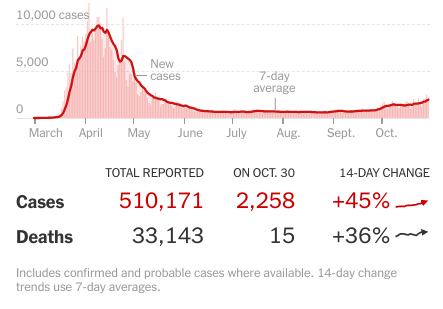
Infection graph
At the end of our quarantine period (early April), we finally emerged, took down our sign, and began to exit the building in cloth masks (ordered via mail) and latex gloves. During April our trips and routes were extremely limited. While we were moving in the neighborhood, we had strict paths out and back that had the minimum contact possible.
We took to patronizing a smaller grocery store (D’Agostino’s on Columbus) whose cost and location made it less-densely populated. Our walks up the sidewalks gained a new social dimension where passers worked to keep 6 feet of distance: sometimes one party would spill out into the empty street; other times a party would wait behind a car, tree, or stoop for the other party to pass. For a city where proximity and maneuvering around each other in close quarters is deeply-ingrained, it was a completely novel experience.
As our strength, lung capacity, and familiarity with the new normal grew, I eventually grew brave enough to venture a trip to our Trader Joe’s Upper West Side on Columbus. The line extended out the store with eager shoppers gapped by “social distance.” The line, in fact, went out the store, across the width of the block between Amsterdam and Columbus avenues, and back halfway around the block. In total, the line ringed the city block by about 50-80%.
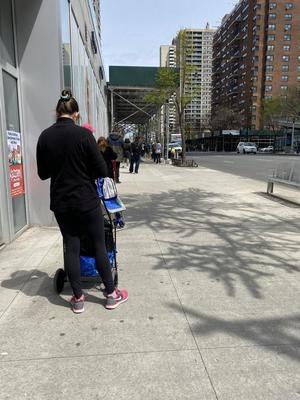
The line at Trader Joe’s, Upper West Side, April 2020
I realize now that it must seem strange to talk so much about grocery store trips, but that’s all we had. The world was night and sleep, dog and food, work and food, streaming media and food, dog and bed — at least for the first fortnight after our post-recovery quarantine. All non-essential stores were closed, so there was nowhere to go, nothing to get, nothing but food and each other.
Literary Parallels
In these long stretches of late-Winter silence and monotony, I often thought of the literature of plague and the literature of boredom. In particular I looked to Camus’ The Plague (Fr: La Peste) and Gerard Reve’s The Evenings (Dutch: De Avonden) for, if not comfort, precedent.
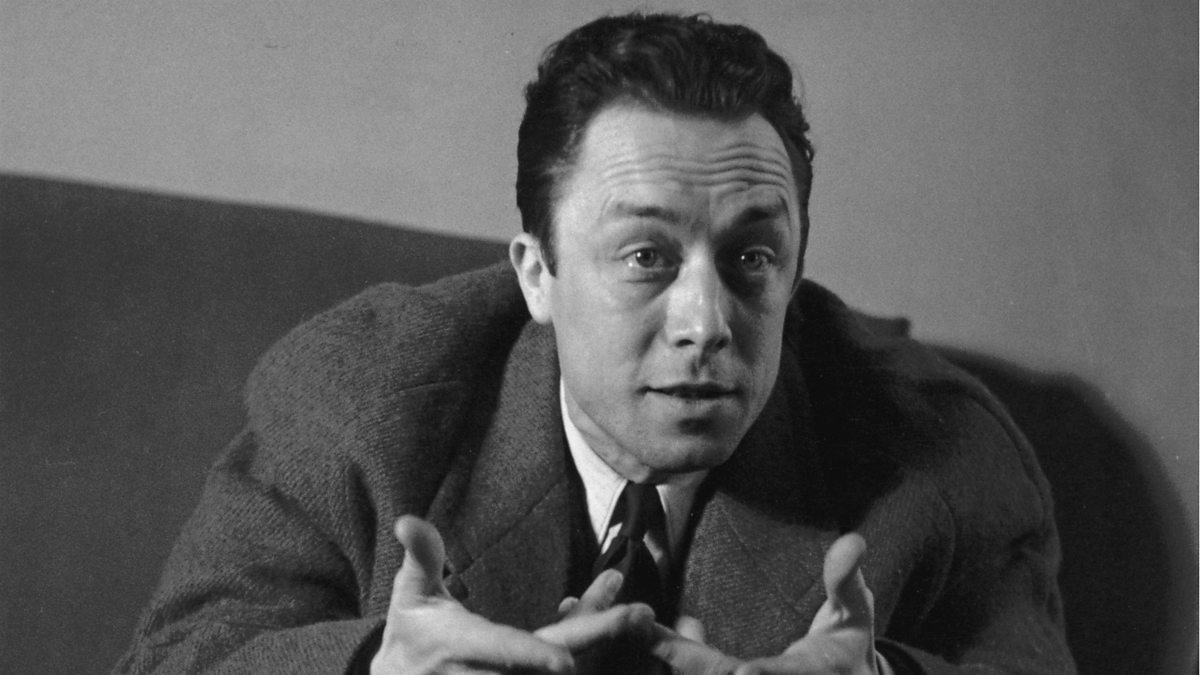
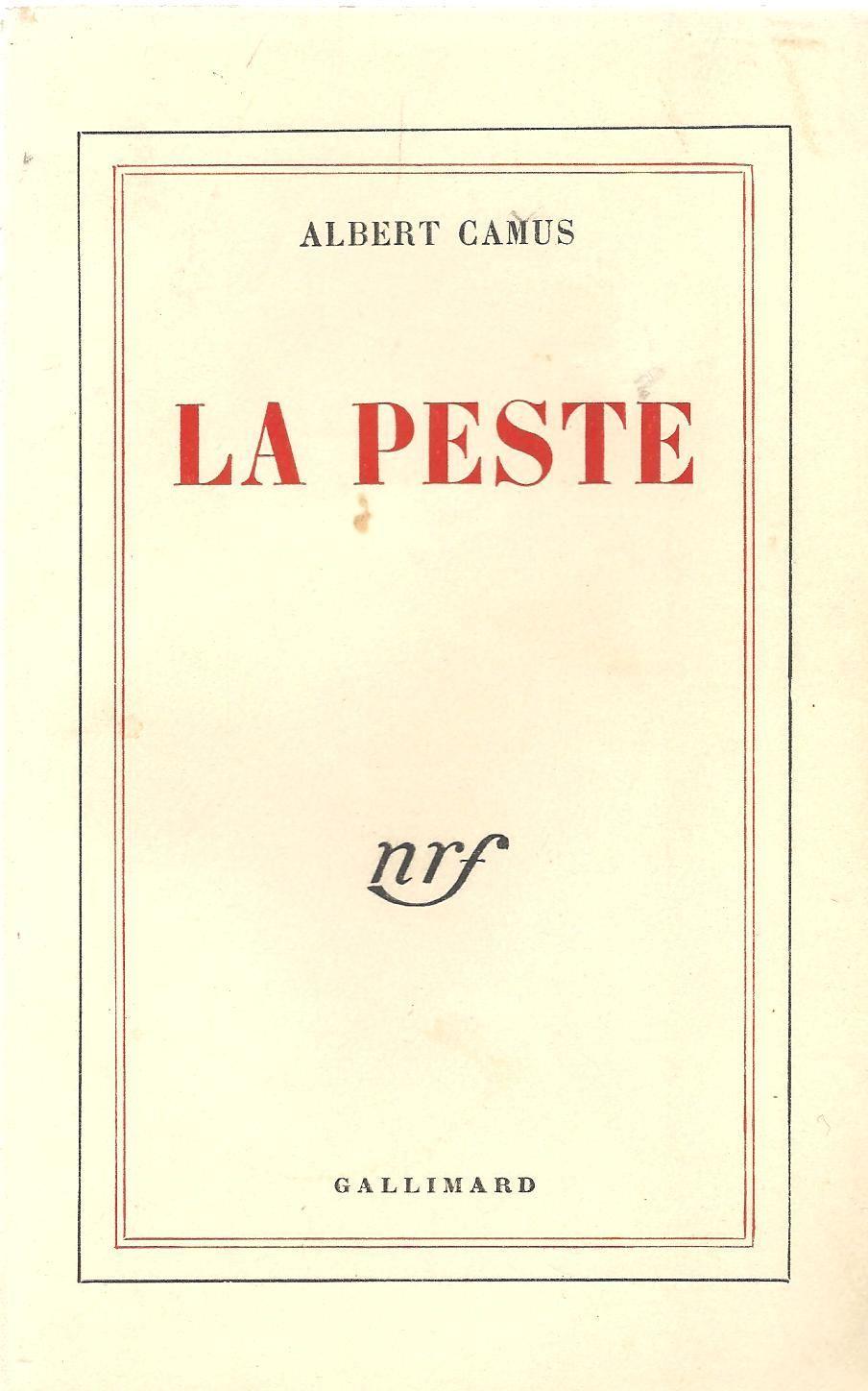
I recalled Rieux in The Plague begging the city’s administrators to take his admonitions seriously and their refusal to do so. Are healers forever cursed to face ignorant, capital-worshipping administrators who ignore fact in favor of convenient non-reality? The Plague seems to suggest so.
And if we, the citizens, are forced to face the knowledge that, in pandemic, our leaders will be flopping, gaped-mouth, gasping fish under the weight of the scale and enormity of plagues (as Trump was and is, but as Dr. Fauci and Governor Andrew Cuomo were not), how are we to face our abandonment? As they have since 1995, the ideas of Camus on man’s relationship to the Absurd gave me a model of resolve (certainly not the comfort) to accompany this most surreal of experiences.
But strangely, while I could feel the pressure of world-historical life pressing on me, humans are adaptable and exceedingly absurd creatures. Pressed into small, repeated loops, my monkey-brain started expressing, of all things, boredom (the temerity!).
I looked out at New York City streets, an adjective and noun pair which is synonymous with density and energy, to see empty streets and the all-too-frequent ambulance. It felt like after a war, after the occupying force and the liberating force both were gone. In this way, New Amsterdam felt like the Old Amsterdam of 1945 described in Reve’s work.
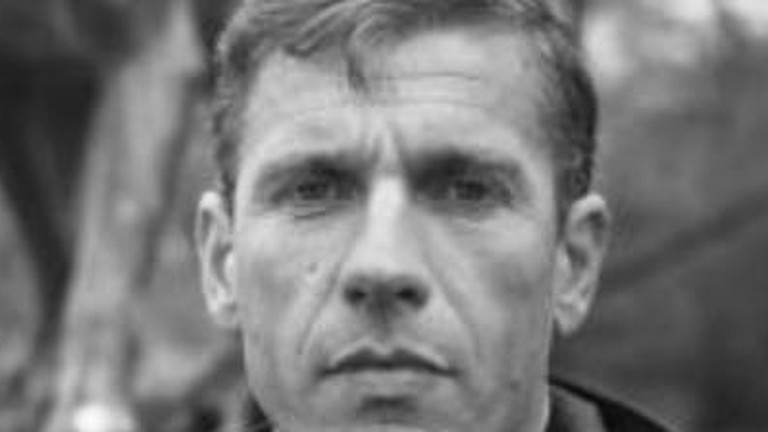
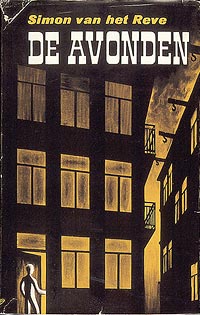
I recalled my Dutch literature professor once saying that the impression she got from her grandmother, post-war, after emerging from hiding as they were Jewish, was boredom. Imagine that! After surviving a genocide, your human monkey-brain was bored. But the human is an animal such as this. And in this area, Reve’s work, which formerly felt to strange to me, became understandable. After ungraspable terror with death, terror, loneliness, and isolation all around, there are only small circuits of safety and monotony, and this creates boredom.
I attempted to compartmentalize my days between movies, work, writing, and video games. However, in March and April, the wounds were so new, the pandemic routine’s stresses so frustrating, the threat so omnipresent, that I couldn’t take up many more activities than merely getting through the day. This site is a proof of that: I simply could not get enough mental distance to write down what things were like until 6 months later.
Collectively, Lauren and I took up hand after hand of gin rummy between rounds of fretting. And drinking. And eating comfort food. And streaming media.
Because that’s what humans do in times like this. C’est toujours la même. La vie c’est absurde.
Anniversary
We even observed our second anniversary in that time. Since there were no stores open to buy Hallmark cards (“To my wife, in the middle of a death-scape on our anniversary…”), balloons, crayons, I had to create a romantic dinner at home and try to recall a high point of our wedding day: our horse-drawn carriage from the Cabildo to the Hotel Monteleone — with champagne and music. I accomplished this feat of signage with a cardboard box, some tissue paper, and a Sharpie marker. In these times, we were all trying to make things work with the limited resources we had.

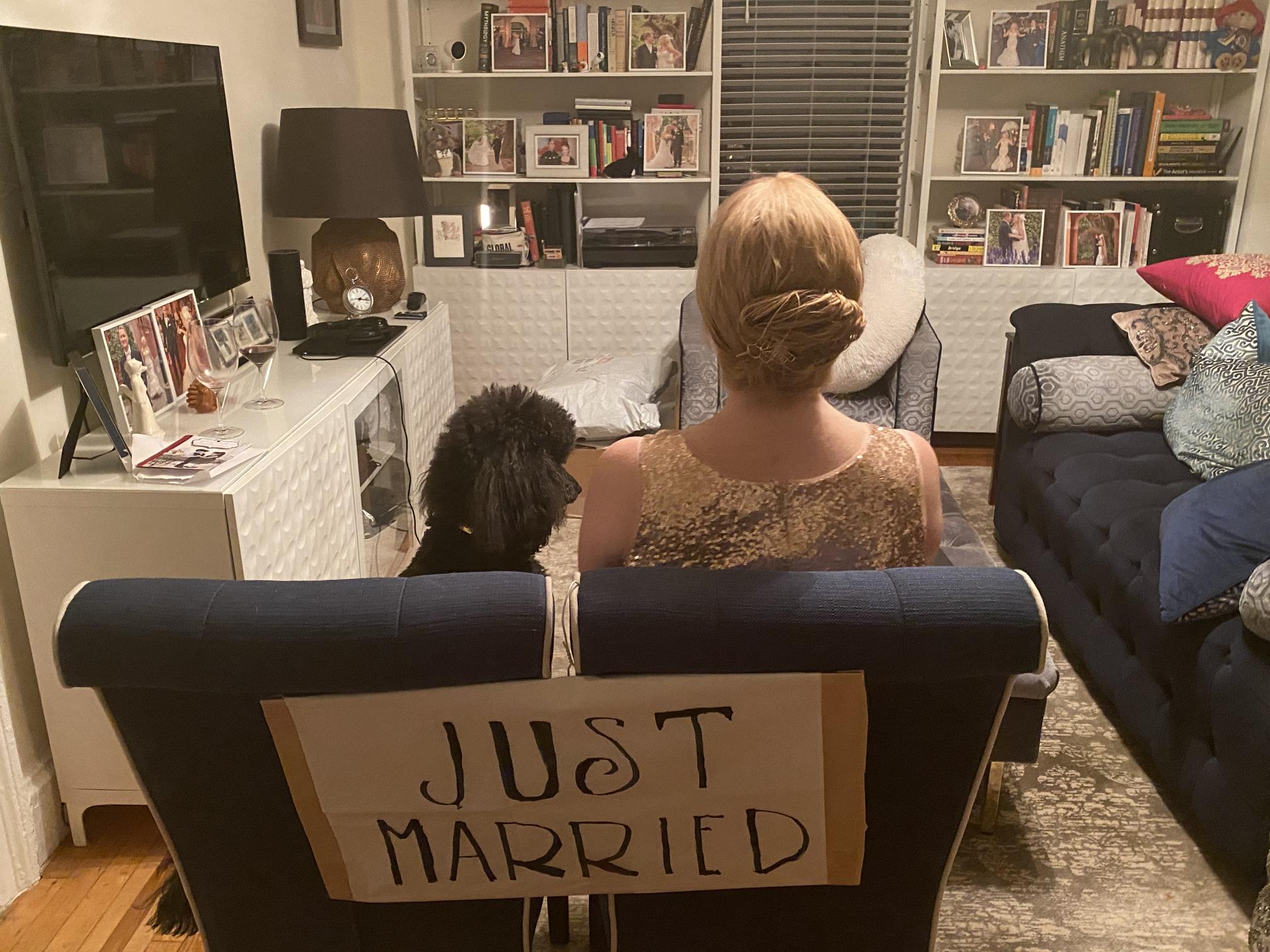
But it was also a reminder that we’d come face to face with something that would wind up killing a village worth of people and emerged with each other. Any celebration, no matter how ramshackle, was worth celebration.
Conclusion
And that’s how we got through the first month of our infection. We were sick, we quarantined, we accepted only packages and food through or door, and we left only to get more supplies or to walk the dog and head strictly back home. Because of the narrowness of our purpose and focus, we were actually quite ignorant about what was going on in the neighborhood. Near April’s end we finally ventured outward from our small loops to see what holes had been punched in the fabric of our community.